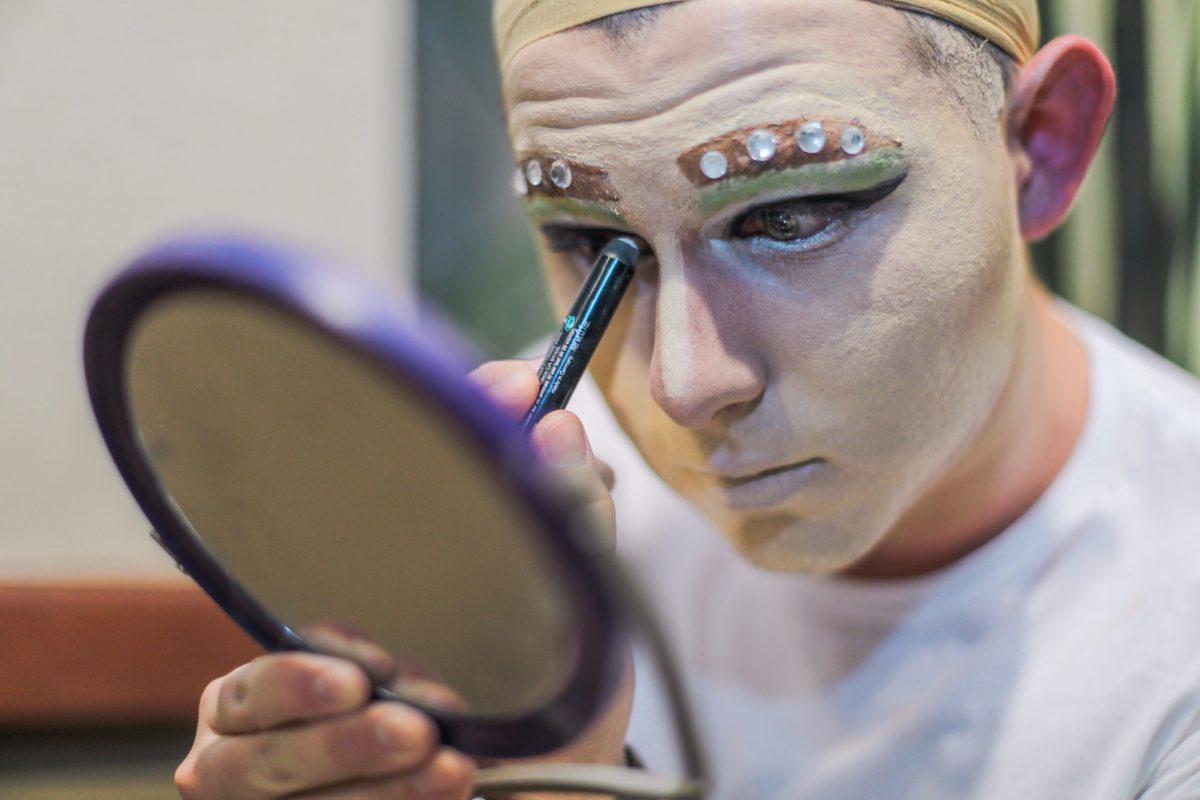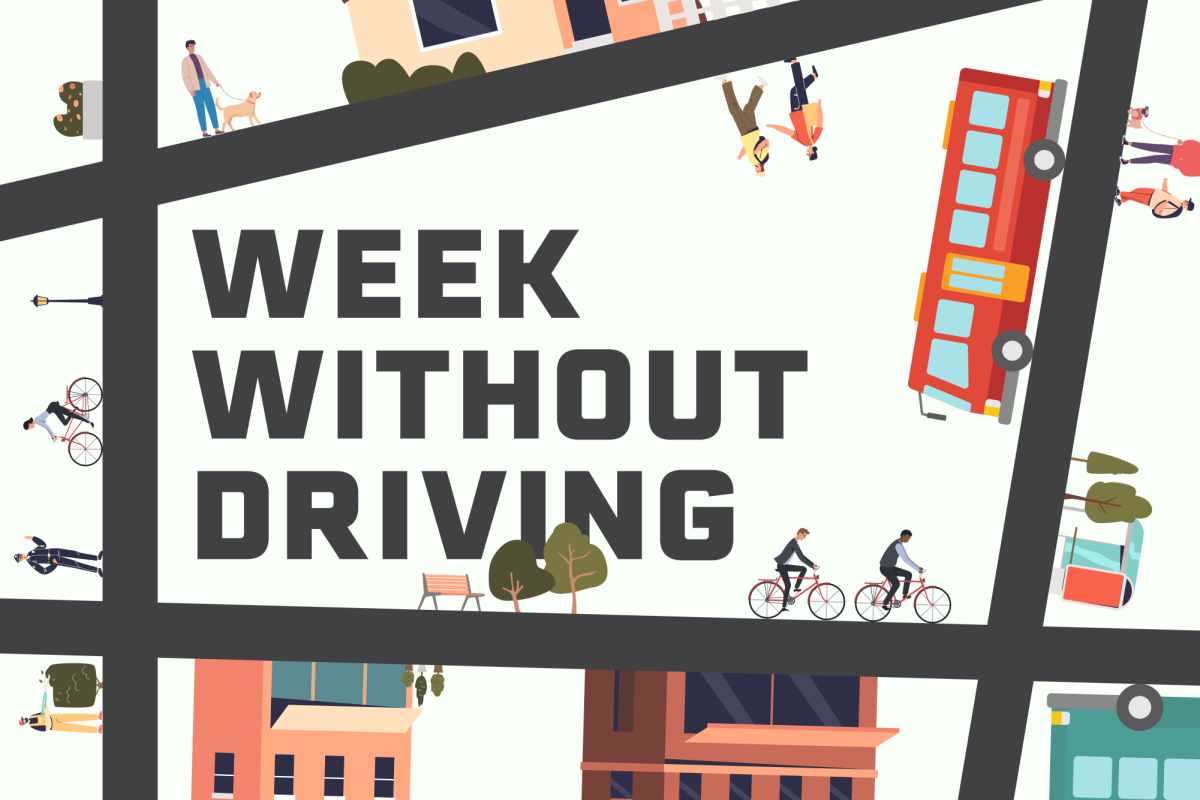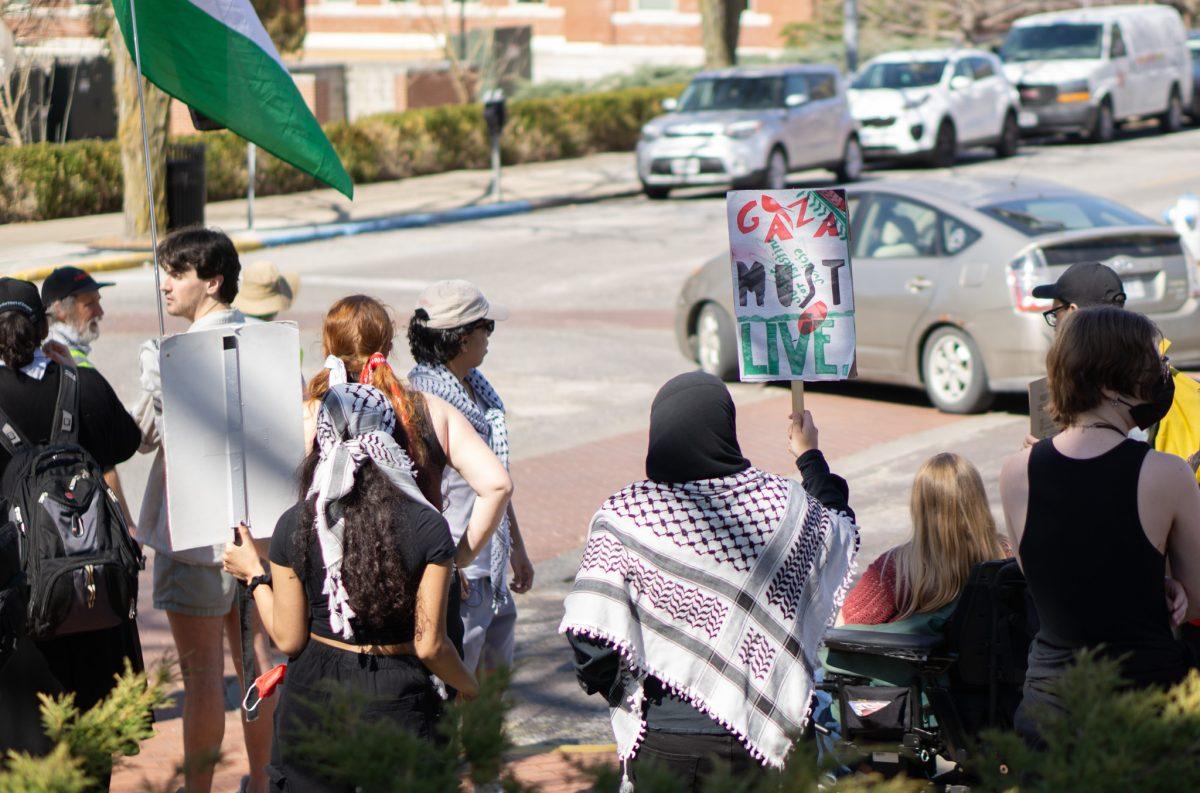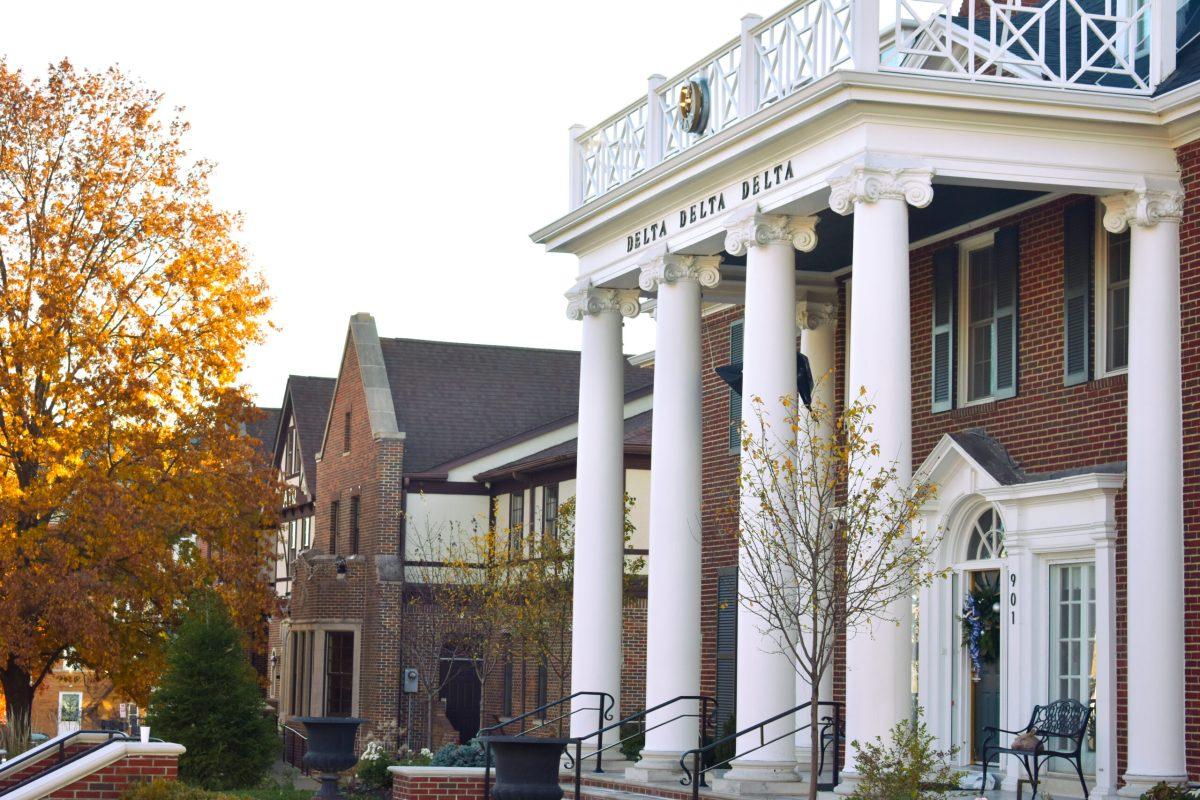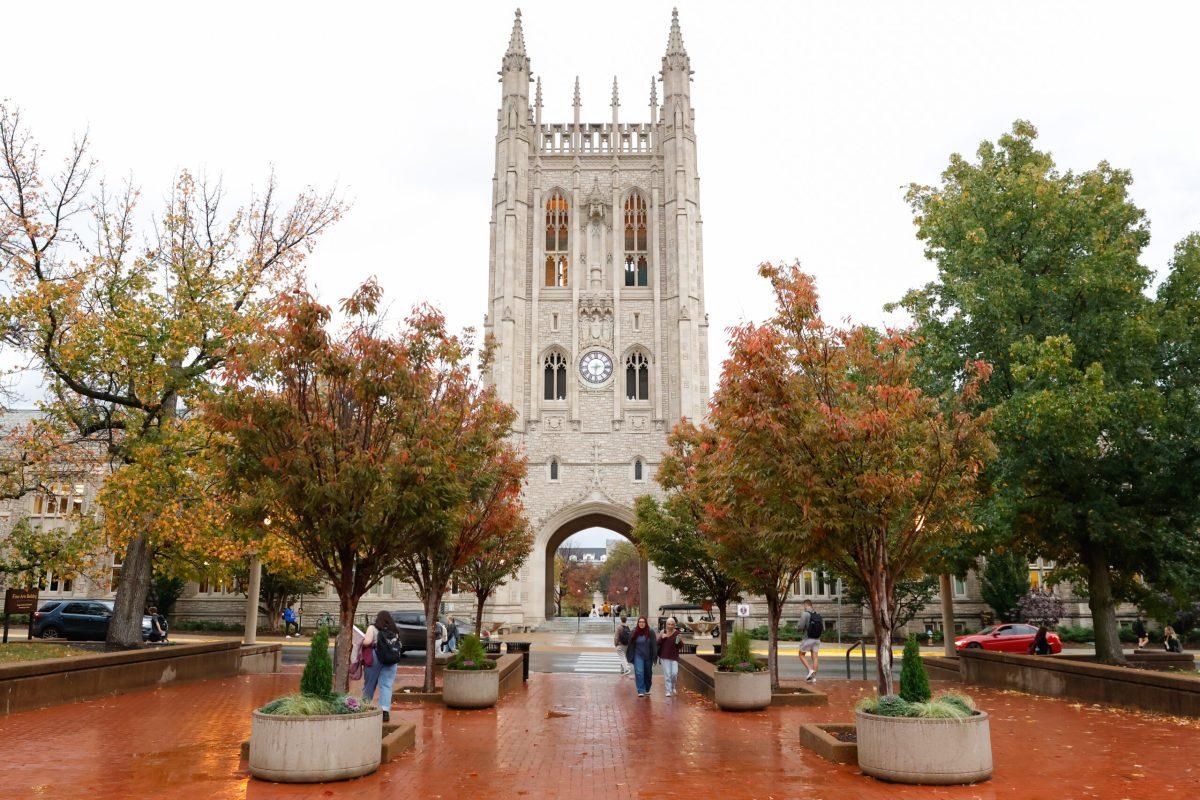April is Pride Month for the LGBTQ Resource Center and the MU community. To celebrate, the center’s organizations hold a series of events to promote acceptance and visibility.
The Black & Brown and Let’s Get Loud drag shows on April 9 and 11, respectively, were examples of Pride Month’s positive impact on the community, encouraging uniqueness and self-expression.
Although both shows have similar layouts, they presented slightly different goals. While Let’s Get Loud was organized by the Triangle Coalition and held auditions open to everyone, Black & Brown was presented by Queer/Trans People of Color and focused on performers of color.
“The reason we do it is because within the LGBTQ community, people of color are still treated worse and have worse outcomes in life than LGBTQ people who are white,” QTPOC Vice President Jack Dae Han Miller said. “Then of course there’s also the fact that drag came from communities of color, at least in the United States. This is how they lived. This is how they survived. Drag was their family. Our show is honoring that history. It’s keeping that history alive and making sure that some people that didn’t know it before know about it now.”
This was the second annual Black and Brown Drag Show, while Let’s Get Loud Drag Show is in its sixth year, Triangle Coalition President Mark Boyd said. Boyd performed in both drag shows as “Rhea Listic.”
“This is my fifth year, and I started doing drag the second semester of my freshman year, so I’ve done the show almost every semester,” Boyd said. “It’s a six-month process. We have to book the room and everything. Then skip to two months out and we open up the applications for performers. Anyone is allowed to perform, on or off campus, student or not. All that we ask is that their performances have no alcohol or drugs involved.”
The performers also need months in advance to craft their presentations. As well as practicing for the performance itself, makeup and outfit changes also take a lot of the drag queens’ and kings’ time on the day of the performance.
“I wanted to do drag when I came to the show last semester in October,” said the freshman who performed as “Aquafina” for the first time in Let’s Get Loud. “I felt like I could do it and have so much fun, so I just really worked on it, from October every single week practicing makeup and dancing. It’s an adrenaline rush and I love it. I feel so accomplished. It’s so important. It’s celebratory, it’s very fun and it’s open to more people. It gets people involved in the LGBTQ community that may not feel like they are.”

The performances’ significance goes beyond lip-syncing and cheering. Both performers and organizers recognize the safe space for self-expression that drag offers and emphasized the need for more visibility and acceptance, from people both in and out of the LGBTQ umbrella.
“Having drag be there for us the way it has been for the LGBTQ people is part of our history, is part of our present, is one of the things that will bring us to a better future as people learn more about us, accept us more and accept us for who we are, including when we’re on the stage performing drag,” Miller said. “If people are only accepting us when we’re dressed in gender-conforming clothing and if we’re acting like straight and cis people, then that’s not acceptance. Acceptance is when you see queer and trans people acting as queer and trans as they want to be and still welcoming them.”
_Edited by Alexandra Sharp | [email protected]_


